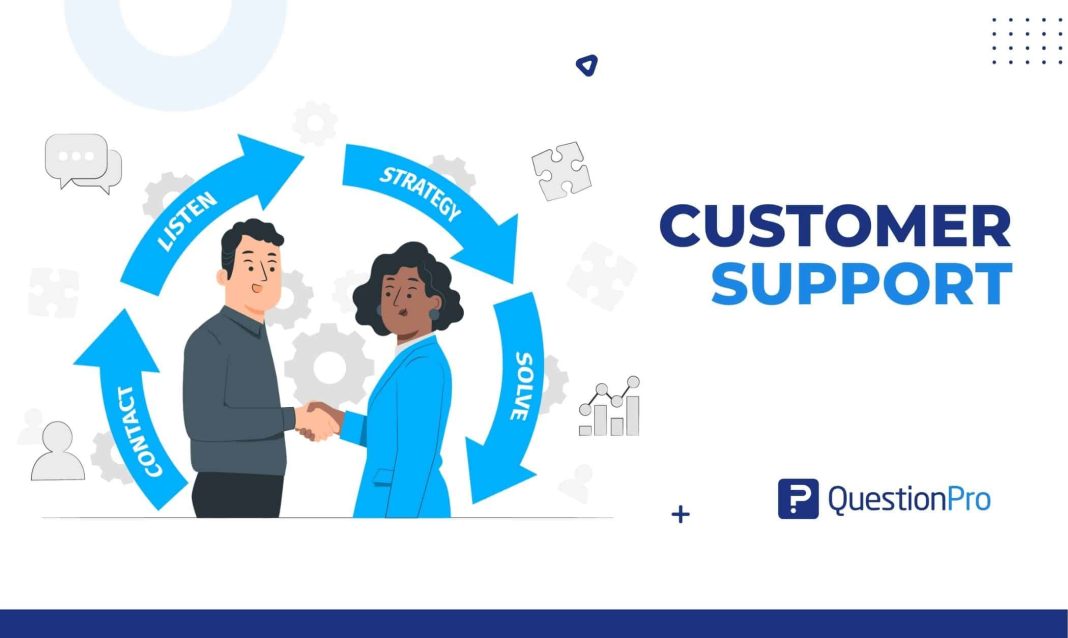 Title: Safeguarding Against Cybercrime: Protecting Your Digital World
Title: Safeguarding Against Cybercrime: Protecting Your Digital World
Introduction:
As technology advances, so does the prevalence of cybercrime. From fraud and hacking to identity theft and ransomware attacks, individuals and organizations worldwide face an increasing threat. This article explores the various forms of cybercrime and offers practical tips on how to protect yourself in an evolving digital landscape.
1. The Growing Threat of Cybercrime:
Cybercrime encompasses a wide range of activities, including computer fraud, financial crimes, scams, cybersex trafficking, and ad-fraud. According to Statista, the global cost of cybercrime is projected to reach nearly $24 trillion by 2026, a significant increase from $8 trillion in 2022. No entity is immune to cyberattacks, as exemplified by the major breach at the U.S. Department of State in 2023.
2. Understanding Cybercrimes:
Cybercrimes involve criminal acts committed using computers, tablets, or other internet-connected devices. Identity theft is one of the most common cybercrimes, with criminals employing various techniques to steal personal information such as Social Security numbers, credit cards, and bank accounts. This stolen data is then used for fraudulent purposes before victims realize their accounts have been compromised.
3. Techniques Employed by Cybercriminals:
Cybercriminals often resort to hacking and fraud to execute their malicious activities. Phishing is a prevalent method where unsuspecting individuals are tricked into revealing their personal information through deceptive emails or messages. Malware, disguised as innocent links or attachments, can be unknowingly downloaded, providing cybercriminals with access to sensitive data. Ransomware is another technique used by hackers to seize control of devices and demand a ransom for their release.
4. Devastating Impact on Individuals:
The rise of cybercrime poses a significant threat to Americans. In 2022 alone, identity theft resulted in over $43 billion in losses for U.S. victims, according to Javelin Strategy & Research. These financial losses have far-reaching consequences, including adverse credit scores and limited access to loans, hindering individuals’ ability to recover financially.
5. Major Cyberattacks in 2023:
The year 2023 witnessed several high-profile cyberattacks that highlighted the severity of the issue. These included breaches at the U.S. State Department, DarkBeam, the UK’s Royal Mail, Progress Software’s MOVEit, and the Indonesian Immigration Director General. These incidents demonstrate the need for heightened cybersecurity measures to protect sensitive information.
Protecting Yourself From Cybercrime:
a) Links and Attachments From Unknown Sources:
To avoid inadvertently downloading malware or granting access to your device, exercise caution when clicking on links or opening attachments from unfamiliar sources. Always verify the source before taking any action, and if in doubt, delete the notification or message.
b) Software and Operating System Updates:
Regularly updating your operating system and software is crucial in safeguarding against new hacking and malware tactics. Outdated software is more vulnerable to cyber threats, making it essential to install patches and revisions promptly.
c) Strong Passwords and Password Managers:
Using easily guessable passwords puts your personal information at risk. Cybercriminals employ brute-force methods to crack weak passwords swiftly. Utilize strong, unique passwords and consider using a reliable password manager to organize and secure your login credentials effectively.
d) Antivirus Software:
Investing in robust antivirus software can provide protection against a wide array of cyber threats such as rootkits, ransomware, spyware, Trojans, and dangerous websites. Leading options like Bitdefender, Norton, and McAfee offer comprehensive security solutions.
e) Identity Theft Protection Services:
Given the interconnected nature of identity fraud and theft, it is prudent to consider identity theft protection services. These services monitor your credit reports and personal information to alert you of potential fraudulent activities. Highly-rated products recommended by U.S. News and World Report can provide added peace of mind.
f) Two-Factor Authentication:
Leverage the benefits of two-factor authentication whenever possible. This additional layer of security sends a one-time password to your email or phone when a new login attempt is detected, especially from an unrecognized device. This feature alerts you to potential unauthorized access attempts.
g) Regularly Review Credit Reports and Bank Statements:
Even with identity theft protection and credit monitoring services, it is essential to review your credit reports and financial statements regularly. Scrutinizing each transaction can help identify and rectify unauthorized charges promptly.
Conclusion:
As cybercrime continues to evolve, individuals must remain vigilant and take proactive measures to protect themselves. By implementing strong passwords, keeping software up to date, utilizing antivirus software, and adopting other recommended security practices, individuals can safeguard their digital lives from cybercriminals. Additionally, ongoing efforts by government agencies like the FBI, Department of Homeland Security, U.S. Secret Service, and Immigration and Customs Enforcement are crucial in combating cybercrime at both national and global levels. Stay informed, stay protected, and enjoy the benefits of an increasingly digital world.
(Note: The views and opinions expressed in this article are those of the authors and are meant for general informational purposes only. It is not intended as specific advice or recommendations for individual financial situations.)


